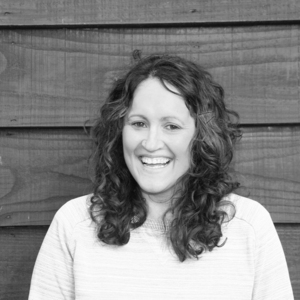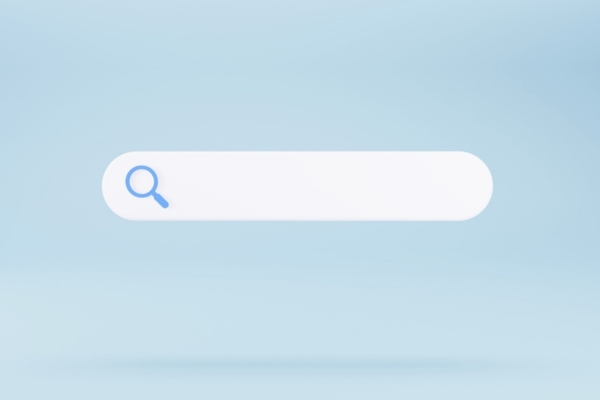Insights
INSIGHTS
All Topics
How to write boilerplate copy
02 Oct 2023by Kellie Smith
All charities should have a standard description of the work they do to use in their communications
Have you heard of the term “boilerplate copy” but not sure what it means? It’s the words you use to describe your charity – who you are, what you do, and why you do it – in your written communications.
You typically see boilerplate copy at the end of a press release. It’s a concise, brief description of your charity’s work that doesn’t change (apart from when it needs updating). Boilerplate copy is important as it gives journalists background information about your organisation.
Boilerplate copy is also used in other communications, such as on your social media profiles and on the ‘About us’ page of your website. An ‘About us’ page is one of the most visited pages on a website, so having clear, concise copy is important. The copy can also be used in other written materials, such as reports and fundraising proposals.
Why it’s important to have boilerplate copy
Creating boilerplate copy will save you time as you won’t have to start from scratch every time you write about your charity. It also creates a consistent brand message and stops colleagues from writing conflicting things about your organisation.
You can also share your boilerplate copy with corporate partners and other organisations to use in their comms, such as newsletters and social media channels. This will make sure they are using consistent messaging about your charity’s work.
Having boilerplate copy will help with your SEO and make sure your charity is associated with chosen keywords. But be careful not to go overboard with keywords – the words should feel like they belong in the text.
Boilerplate copy may not be long but it needs careful thought. Creating boilerplate copy goes hand-in-hand with developing tone of voice guidance and forms part of a style guide for your charity. So, it’s important to take the time to get it right.
Below we provide some tips for writing effective boilerplate copy.
Gather information
Before you start writing your boilerplate copy, pull together all the relevant information about your charity. This includes your mission statement, key messages, and data that shows the difference your organisation is making. For example, how many volunteers work with you or how many people your charity supports.
A blog from ClearVoice says that in most cases, you don’t have to write boilerplate copy from scratch. “Collect the most important and relevant points that have already been approved, check to make sure they’re all up to date, add any important new information, and package all of it up concisely.”
Keep it brief and make it easy to understand
Your boilerplate copy should be clear and concise. Make sure it’s short and to the point. Avoid using jargon and complex terms that people won’t understand.
Use facts
Make sure you back-up your claims with evidence, such as statistics or winning an award. Avoid using superlatives and flowery language, like “the best” or “one of a kind”, as they can sound boastful and unconvincing. This is particularly important for press releases as it could affect your credibility with journalists.
Create different versions
It’s useful to have different versions of your boilerplate copy: short, medium, and long. For example, 25 words, 100 words, and 200 words. You can pick which one you want to use depending on the length of the communication you’re writing.
Having a variety of lengths will save you time and make it easier as you won’t have to write new boilerplate copy each time.
When writing your boilerplate copy, Fit Small Business says to start off by writing a paragraph of one or two sentences that describe your organisation. This would be the short version of your boilerplate.
You can then build on this with detail about your charity’s work to create your medium and long versions of your boilerplate copy.
End with a call to action
Put your charity’s website address at the end of the boilerplate copy to encourage people to visit and find out more information.
Check the copy
Regularly review your boilerplate copy to make sure it’s accurate. Set a reminder to do this every few months. There may be statistics that need updating or you may have introduced a new area of work since you first wrote the boilerplate copy.
Make sure you update the boilerplate copy across all of your communications and other materials.
Kellie Smith
More on this topic
Recommended Products
Featured Products
Related Videos
Our Events
Charity Digital Academy
Our courses aim, in just three hours, to enhance soft skills and hard skills, boost your knowledge of finance and artificial intelligence, and supercharge your digital capabilities. Check out some of the incredible options by clicking here.

























